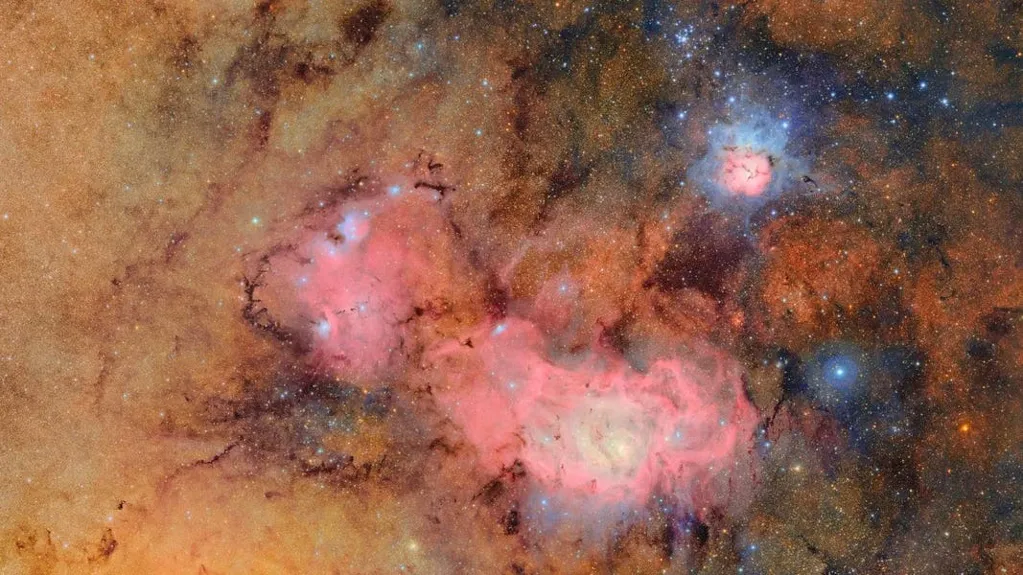In a moment long-awaited by astronomers, the Vera C. Rubin Observatory in the Chilean Andes has today published its first images and time-lapse videos. A combination of a unique telescope and the largest digital camera ever built for astronomy, Rubin will begin a 10-year mission later this year, during which it's expected to discover 10 million supernovas, 20 billion galaxies, and millions of asteroids and comets. Its debut images are being shown live on YouTube today at 11:00 a.m. EDT.
Funded by the US Department of Energy and the National Science Foundation, Rubin will observe from Cerro Pachón, an 8,900-foot (2,700-meter-high) mountain peak accessed from the Elqui Valley near La Serena, Chile, in the foothills of the Andes and in the southern Atacama Desert -- one of the driest places on Earth, with the clearest sky. It's far from light pollution and major flight paths. The Southern Hemisphere also offers a clearer view of the Milky Way's center, which is dense with star fields and nebulae, as well as of the Large and Small Magellanic Clouds, two dwarf galaxies that orbit the Milky Way.
Its $168 million LSSTCam imager is about the size of a car, weighs over three tons and captures 3,200-megapixel images -- each large enough to fill 378 4K screens. Developed over more than a decade, its suite of six optical filters enables astronomers to peer across the entire electromagnetic spectrum, from ultraviolet to near-infrared. It has a 9.6 square-degree field of view.
"Since we take images of the night sky so quickly and so often, we'll detect millions of changing objects literally every night," said Professor Aaron Roodman, program lead for the LSST Camera at Rubin Observatory and Deputy Director for Rubin construction, in a press briefing. "We will also combine those images to be able to see incredibly dim galaxies and stars, including galaxies that are billions of light years away. The first images provide just a taste of Rubin's discovery power."
It's built for the era of big data and automation, with fiber optics from Cerro Pachón to La Serena enabling Rubin's images to be relayed to supercomputers in California within seconds, where AI-driven systems will compare them with previous captures. If an object's position or brightness has changed, an alert will be issued to the global scientific community within just two minutes. During its 10-year mission, Rubin will generate up to 10 million alerts per night, identifying cosmic events faster than any telescope before.
"What astronomy has given us mostly so far are just snapshots, but the sky and the world aren't static -- there are asteroids zipping by and supernovas exploding," said Dr. Yusra AlSayyad, who oversees image processing at Rubin Observatory, in a press briefing. "One of the reasons we haven't been able to convert the snapshots of the sky that we've had so far into time-lapse video is that the data management technology technologies simply did not exist 20 years ago to store transfer process and interpret the petabytes of data that this would require." New cutting-edge automated algorithms will be used to analyze and mine the LSST data set, enabling the expected scientific discoveries.
Among the Rubin Observatory's many targets, supernovas are perhaps the most scientifically tantalizing. These powerful stellar explosions serve as cosmic lighthouses, helping astronomers measure vast cosmic distances and understand the accelerating expansion of the universe. Supernova data first revealed the presence of dark energy in the 1990s. Rubin is set to take that discovery to the next level. By detecting millions of supernovas -- far beyond the handful historically observed in our galaxy -- the LSST will refine the timeline of cosmic expansion and offer vital clues to the nature of dark energy.
